Whether it’s Victorians, early Craftsman, English cottages, Spanish Colonial Revival bungalows, a log cabin or ornate Queen Annes, few Palo Alto neighborhoods boast such a mix of eclectic architectural styles spanning the past 100 years than College Terrace. There's a historic home on nearly every block of this neighborhood located between El Camino Real, Amherst Street and Stanford and California avenues.
Those strolling through the neighborhood are likely to notice that the streets here also have something else in common: They all bear the names of well-known East Coast colleges and universities. That’s because real estate developer Alexander Gordon purchased and subdivided the 120-acre site in 1887 – prior to the 1891 opening of Stanford University – with the intent of attracting faculty and fraternities from the fledgling school to buy lots in the “collegiate” neighborhood.
Despite its proximity to Stanford, the 12-blocklong, two-block-wide neighborhood has remained a peninsula of non-Stanford land ever since it was first subdivided. The only reason College Terrace allegedly exists as a residential neighborhood at all is because Gordon refused to sell to Stanford when the school was constructed. Rather than become part of Stanford's new town, the neighborhood in 1891 joined the adjacent town of Mayfield known for rebuking the university's prohibition on alcohol. The neighborhood eventually became part of Palo Alto when the city annexed Mayfield in 1925.
............................
Two cities, one name: The fight for 'Palo Alto'
Gordon wasn't the first to refuse to sell the property to Stanford. In 1870, French farmers Frederick Weisshaar and Peter Spacher each purchased 60-acres of the former Robles Ranch land that would become College Terrace. A decade later, Leland Stanford, who had acquired the land surrounding their property, tried to purchase it, but the farmers turned him down.
In 1887, they eventually sold their land to Gordon – it was a transaction that would enrage Stanford.
Apparently, Stanford was in the process of developing "University Park" (today's Palo Alto) and had hired Timothy Hopkins to start buying up land and mapping out the new town.
At the same time, Gordon had started making plans for his own town adjacent to the new university. Borrowing the name of Leland Stanford's stock farm, he chose to call his subdivision map “Palo Alto” and promoted his development as the University’s “business and residence town.”
Gordon’s “Palo Alto” map was recorded in 1888, and Stanford's “University Park” was recorded the following year. Stanford, who was serving as a U.S. Senator in Washington, D.C., at the time, was furious upon learning of the usurping of his cherished “Palo Alto” brand.
He sued Gordon to get back the name but was unsuccessful and ended up paying $1,000 in a settlement that allowed him to retrieve the name “Palo Alto” and use it for selling his University Park lots. Gordon then switched the name of his tract to “College Terrace.”
............................
A new 'collegiate' town separate from Stanford
Gordon named every street in his subdivision after a college or University, starting alphabetically with Amherst Street at the neighborhood's highest elevation -- or the "terrace"-- near the Stanford hills and ending with Yale Street near El Camino Real.
The commercial district of Gordon’s subdivision was just a small strip along El Camino Real, including the block-long Staunton Court, named for a Virginia military academy. All that remains of the original business strip is a small 1910-era wooden storefront at 560 College Ave. Many of the original residences, however, still exist.
............................
A glimpse at the pre-Stanford era
To experience what the area was like in the 19th-century prior to the Stanford era, walk along Yale Street, where some of the earliest homes in the neighborhood were built. There are several one-story houses from the late 1880s that are still standing. Opposite the small roundabout at the Cambridge Avenue intersection is a colorfully painted two-story Victorian (2310 Yale St.) built in 1888. The home is the oldest in College Terrace. Among its notable features is a squared Victorian two-story bay window.
Across the alley at 2290 Yale St. is the 1889-era home owned by Alexander Peers, a Mayfield lumber merchant for whom Peers Park is named. The house has a porch hidden behind an oak tree and a front door that faces a dirt alley that was once Cambridge Street.
Up the street at 2130 Yale, is another decorative two-story Queen Anne/Colonial Revival with fish-scale shingles and decorative columns also built in 1889. The house was owned by Joseph Birkett, an English stonemason employed in the construction of the university.
On the other side of the neighborhood at 2275 Amherst St. is a Queen Anne-style Victorian. Known as “the crown jewel of Palo Alto,” the home sits in the neighborhood's highest elevation, well above the Palo Alto plane, and once boasted views of Palo Alto to the north, the hills across the bay and Santa Clara Valley to the south.
Mark Zuckerberg previously lived on the west side of the street at 2308 Amherst. At the time, his startup Facebook was located nearby in a portion of the former Stanford Research Park that has since been converted to a residential area.
Don't miss the College Terrace walking tour: Learn about College Terrace's architecture and history while exploring the neighborhood on foot. Historian and writer Bo Crane will lead a free, two-hour guided tour of the College Terrace neighborhood at 10 a.m., Sunday, Oct. 21, as part of Palo Alto Stanford Heritage's fall walking tour series highlighting various Palo Alto neighborhoods. Points of interest include Victorian homes built in the 1880s, as well as the house where noted Palo Alto architect Birge Clark was raised. The tour starts at 2310 Yale St. No reservations are required, just show up at the starting point. More information here.
-- Linda Taaffe contributed to this article.
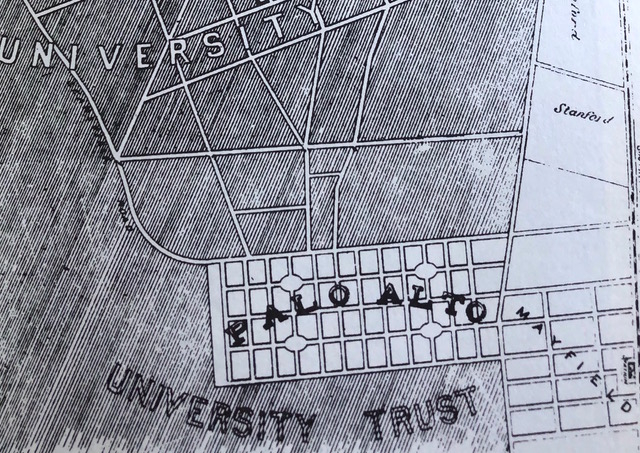
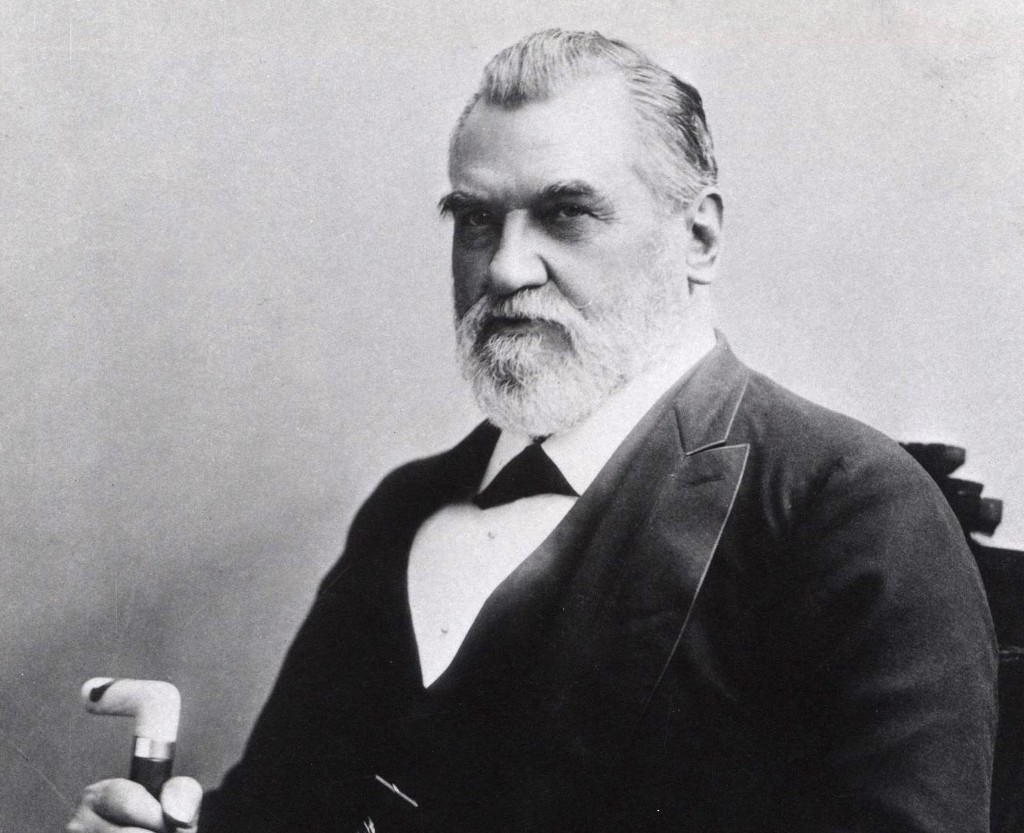
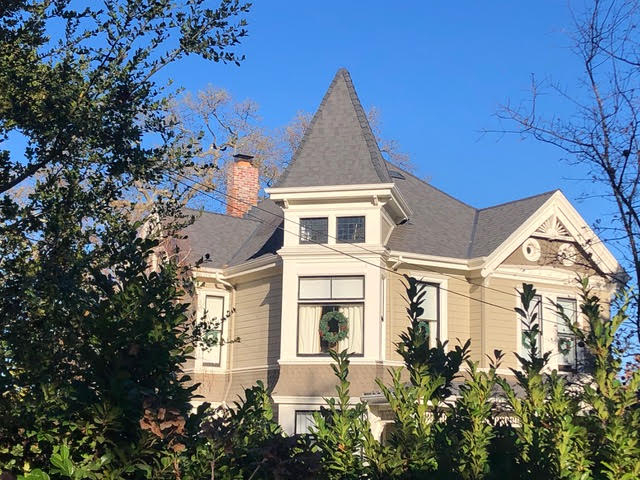
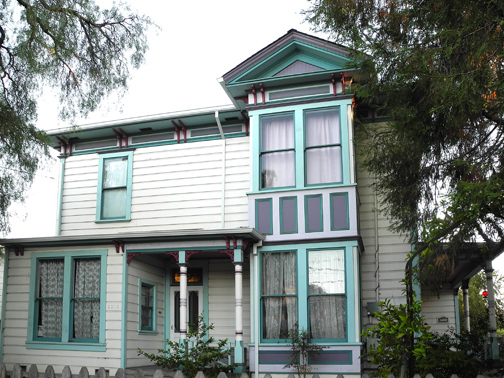
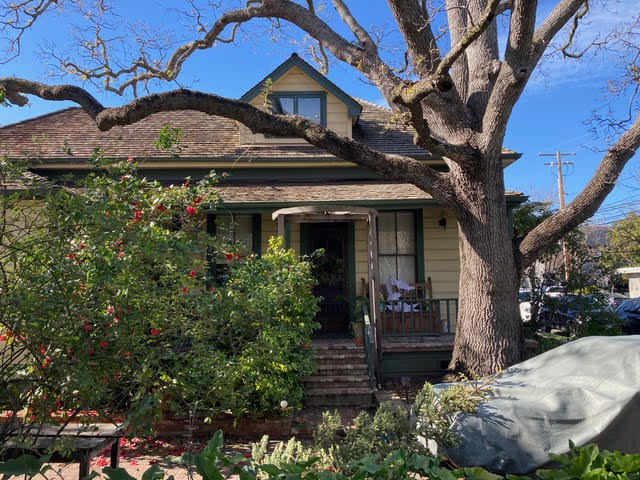
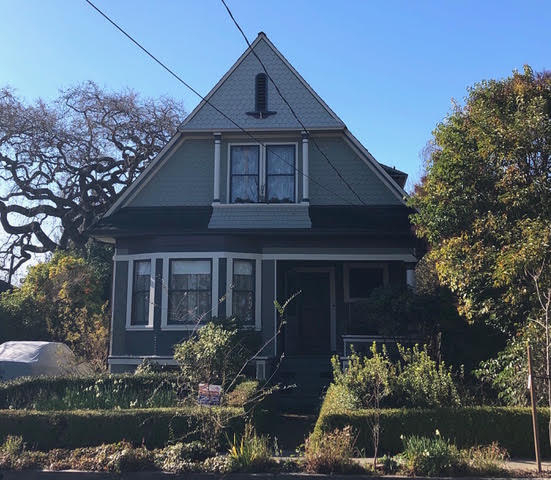

Comments